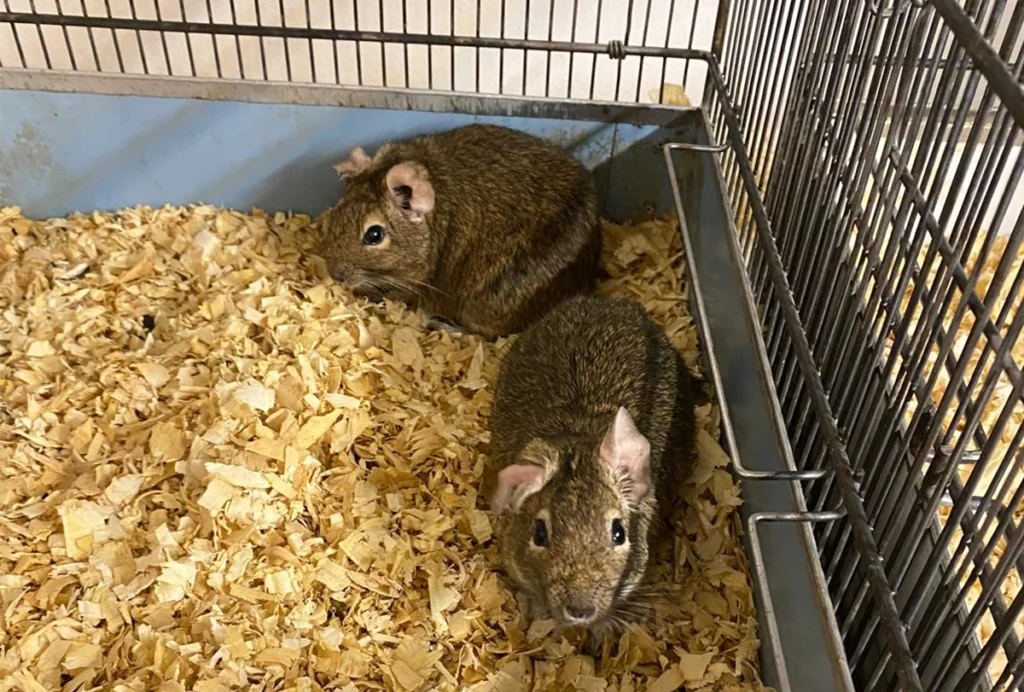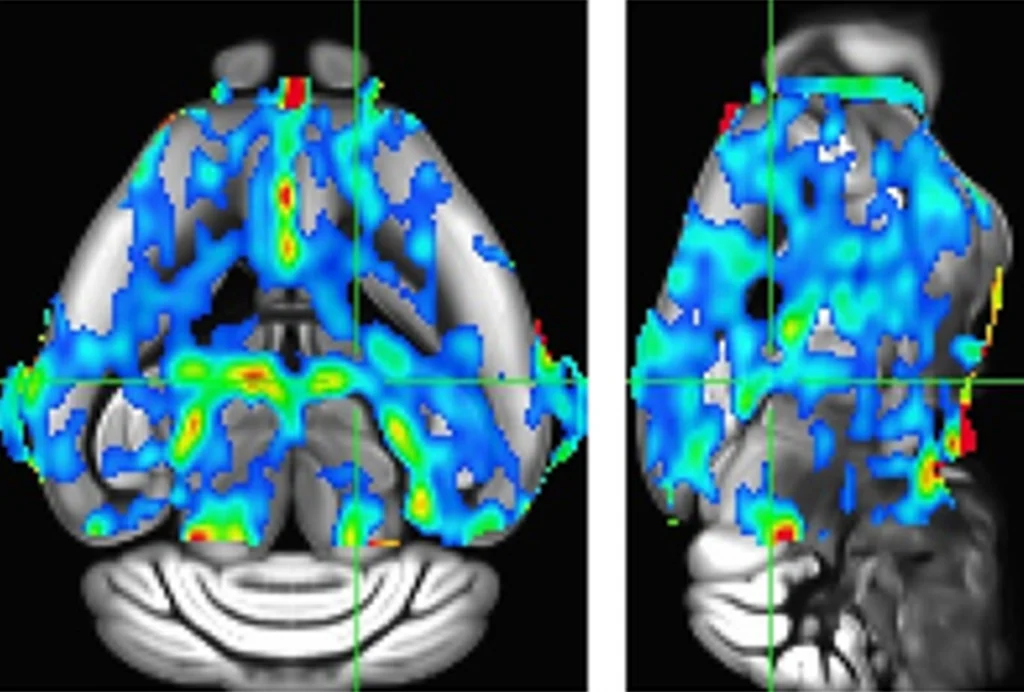Not-so-rare mitochondrial mutations
Mitochondrial mutations are present in at least 1 in 200 people, a number exponentially higher than previous estimates of their prevalence, according to a study published this summer in the American Journal of Human Genetics.

e97f038a-0777-6904-2d3d-192d1ae97187.jpg
Mitochondrial mutations are present in at least 1 in 200 people, a number exponentially higher than previous estimates of their prevalence, according to a study published this summer in the American Journal of Human Genetics.
Mutations in mitochondrial DNA have been associated with a wide variety of diseases ranging from autism and heart disease to deafness and diabetes and there is little understanding of how the mutations translate into a phenotype. As a result, it has been unclear how prevalent these mutations are in the general population.
The researchers scanned neonatal cord blood samples from 3,168 consecutive births in North Cumbria, England, for ten mitochondrial point mutations associated with diseases. They found that 0.54 percent of the samples, or about 1 in 185, have mitochondrial mutations.
Although specific mutations have been associated with various diseases, the prevalence of mutations overall based largely on assessing people who show symptoms of mitochondrial disease has previously been pegged in the range of 1 in every 5,000 people.
When the researchers matched the cord bloods with samples from their mothers, they found that the rate of de novo mutations is about 100 for every 100,000 live births.
Carrying mitochondrial mutations is not the same, of course, as having mitochondrial disease although some people have mis-reported it as such and drawn premature conclusions about what this means for autism. But it is enough to prompt the scientists to call for better methods to prevent transmission of the mutations.
Explore more from The Transmitter

How inbreeding almost tanked an up-and-coming model of Alzheimer’s disease

